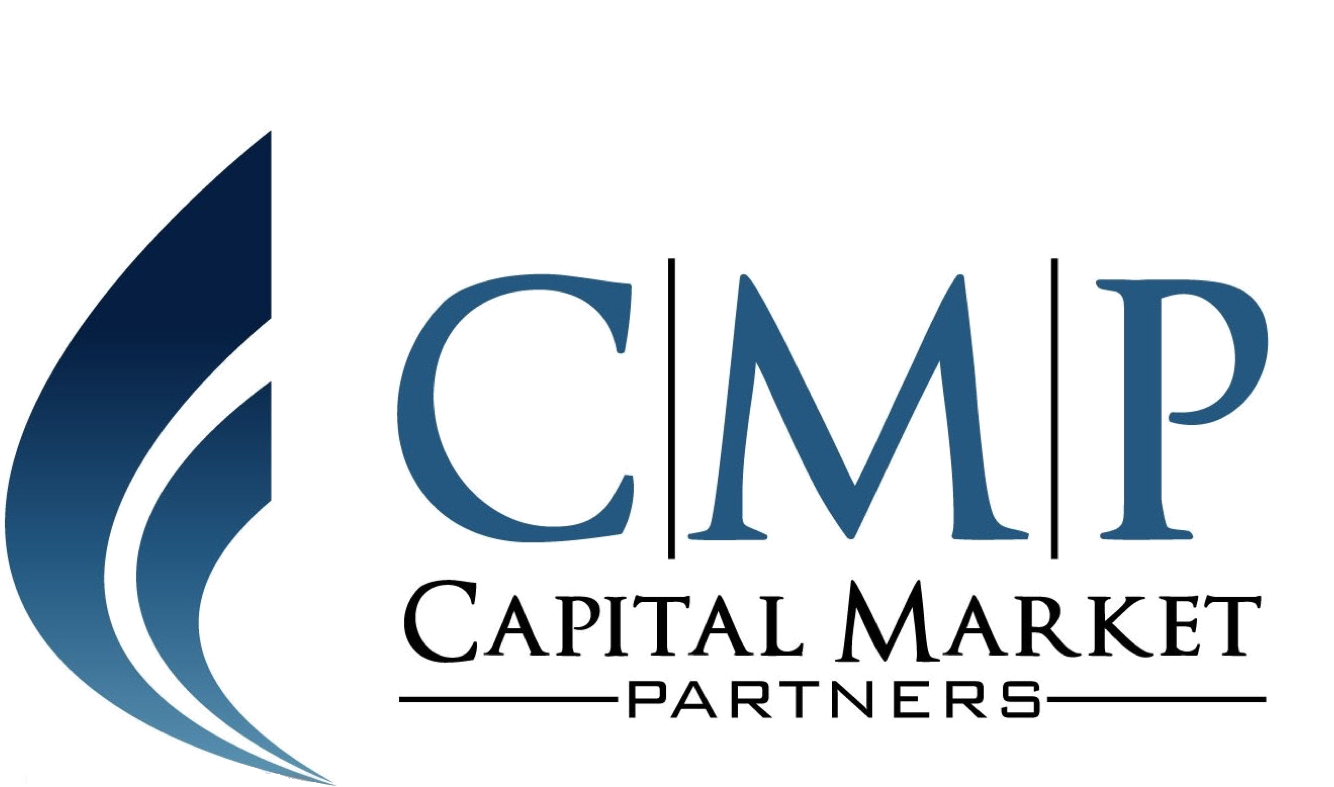Long Term Effects of MiFID II – 3rd Edition
For Whom the Bell Tolls
– Will MiFID II Bring About the End of the OTC Era?
Over the last couple of days, I have posted on what I see as the likely effect of MiFIR on respectively the equity and bond markets. In this post, we will turn to the derivatives markets. These are the “true” OTC markets, and my prediction is, that this is where the impact of MiFIR will be felt the hardest. I see several factors combining to bring this about.
By Christian Thygesen, Managing Partner | 10th October 2017
The Derivatives Markets
First is the interpretation of the central notion of “Traded on a trading venue”.
Initially this was seen – or maybe hoped – to be taken at face value, i.e. an instrument traded on a trading venue between two members of that venue. As time went on and details from the regulators became clearer, it became increasingly clear that it should be understood it was all instruments that could be “traded on a trading venue”.
Traded on a Trading Venue
Very concretely, if two instruments possess the same characteristics – place of execution not included – they are seen identical and the consequence of this is that all look-alikes (which volume-wise account for far more than their on-venue cousins) are encompassed by the definition, and thus covered by MiFID with its many transparency requirements.
In my opinion, the ones that still believe that giving an instrument a different ISIN, and thus thinking that this by itself suffices to make it a different instrument in the eyes of the regulators, are victims of wishful thinking.
SEE ALSO: Long Term Effects of MiFID II – 1st Edition. The Equity Market.
Multilateral Trading Facilities
Second comes the fact that already now, virtually all the multilateral platforms (I-CAP, Bloomberg, Reuters, FX All, 360T etc.) have announced that they will become Multilateral Trading Facilities, and thus formal and regulated trading venues.
A few of the major banks boasting single-dealer platforms have already made their intentions clear to become SIs in various derivatives classes, even if they (because of the absence of something resembling the double volume cap for derivatives) cannot be forced into being an SI before Q3/18.
To this we add the built-in ratchet effect of the “traded on a trading venue” definition to include ever more instruments, once they have been traded on a venue somewhere in Europe.
Finally, we add the “punishment” of the regulation for trading “look-not-quite-alikes” as an SI.
If you become an SI in a derivative, you will be SI for all derivatives you trade in that instrument sub-class, extending the price transparency requirements to these instruments and just to top it off, the SI reporting requirements for look-not-quite-alikes are more cumbersome to fulfil.
SEE ALSO: Long Term Effects of MiFID II – 2nd Edition. The Danish Bond Market.
The Dilemma
In practice this means that the large banks acting as producers/sell-sides in the derivatives space will face a dilemma:
Either we channel most of our trade to an MTF with a large degree of price transparency and ensuing loss of margins, or we become an SI in these instruments and will indirectly be limited in our ability to offer high-margin tailor-made products in these same instrument sub-classes
The End of the OTC Markets as We Know Them
I believe these factors will combine to make the OTC markets move towards regulated venues, including SIs, trading standardized products.
I predict that this will happen quickly and that the move towards regulated and transparent trading on venues for these classical markets will be irreversible.
If so, that will effectively spell the end of the OTC markets as we have known them since the early ‘90s.
Going Beyond the Reach of MiFIR
Having said that, when you throw a rock into the stream, there will be a big splash. If the rock is small, it will disappear and seconds after, the water will flow as before.
If it is big, the rock will remain visible and the water will flow around it. I think MiFIR is a sizeable boulder being thrown into the maelstrom of the financial markets. It has certainly made a big splash, and I believe it will force the water to find new channels.
However, even the largest boulders will not stop the water from flowing. Regulation will not stop the financial markets from developing, driven by the ingenuity of the highly skilled – and highly paid – investment bankers.
What guises this development will take is well beyond my crystal ball, but given the regulators already declared will to throw in even more stones or boulders, I would be surprised if the regulators would let these new products and procedures take the shape of something akin to the OTC markets we have known over the last couple of decades.
I can hear the bells…
 Christian Thygesen, managing partner
Christian Thygesen, managing partner
Christian Thygesen has been employed in the financial sector since joining the Danish Central Bank in 1992. From 1998 to 2002 he worked for the European Central Bank in Frankfurt, dealing first with financial infrastructure monitoring and then monetary policy in the office of capital markets and financial infrastructure. From 2002 to 2007 he was Head of Projects & Analysis at Roskilde Bank.
Since then he has worked as a consultant in the capital markets area with focus on efficient implementation of regulation and system selection in its many guises.
You can read the previous posts here, and learn more about Christian and our other CMP consultants here



